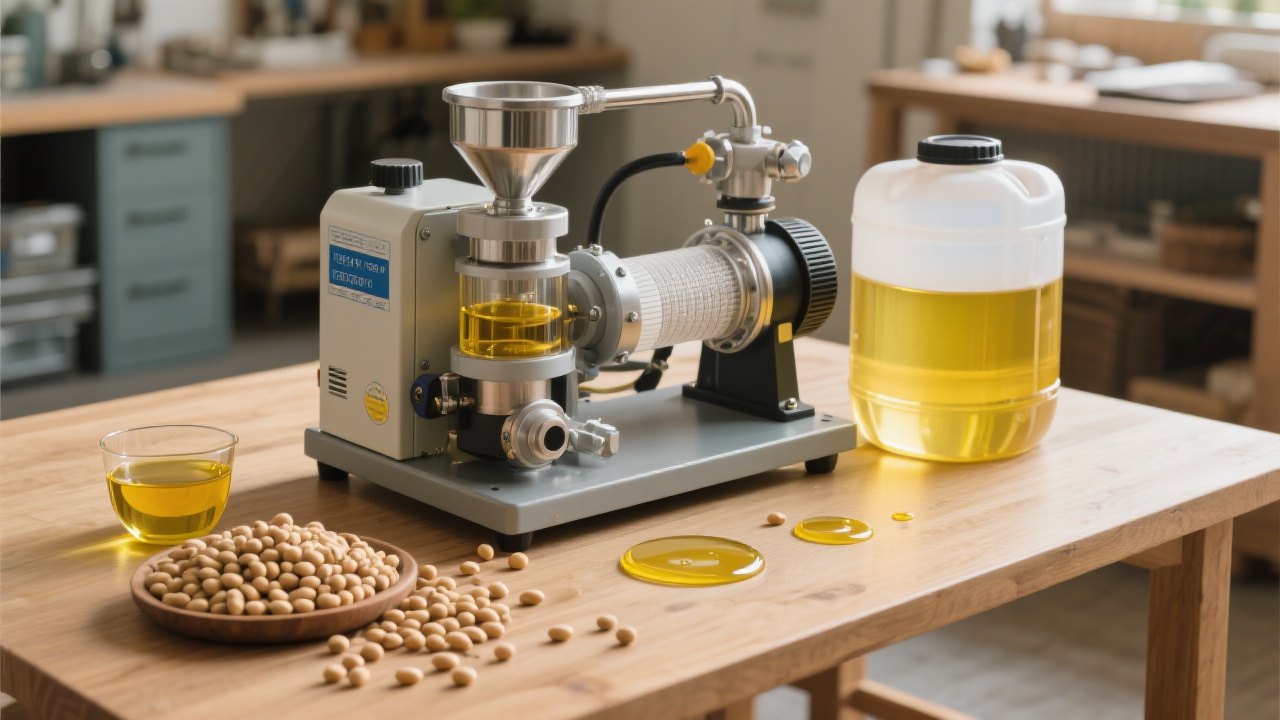
When it comes to producing high-quality sunflower oil, the choice of pressing equipment isn’t just about machinery—it’s about efficiency, consistency, and final product value. Whether you're a small-scale processor or managing a mid-sized plant, understanding the differences between screw presses and hydraulic presses can directly impact your yield, labor costs, and oil clarity.
Before pressing, proper seed preparation is critical. Studies show that removing impurities (like dust, stems, and shells) through washing and dehulling increases oil extraction by up to 8–12%. For example, raw sunflower seeds with 5% shell content typically yield only 32–34% oil. After effective pre-treatment, yields jump to 37–40%, especially when using automated systems like rotary cleaners and air classifiers.
| Feature | Screw Press | Hydraulic Press |
|---|---|---|
| Avg. Oil Recovery Rate | 38–42% | 40–45% |
| Labor Cost / Ton | $3–5 | $1–2 (semi-auto) |
| Production Speed | 100–200 kg/h per unit | 50–150 kg/h per unit |
| Maintenance Needs | Moderate (wear on auger) | High (hydraulic fluid, seals) |
While both machines deliver good results, the real differentiator lies in automation. Fully automatic screw presses reduce manual intervention by over 60%, making them ideal for continuous operation. In contrast, hydraulic presses—especially semi-automatic models—are more cost-effective for startups but require skilled operators to maintain consistent pressure and cycle times.
Even the best press won't guarantee premium quality without proper filtration. Post-press oil often contains fine solids (0.5–5 µm) that cause cloudiness and shorten shelf life. Using a multi-stage filter system—first coarse (10 µm), then fine (3 µm)—can reduce sediment levels from 500 ppm to under 50 ppm. This not only improves appearance but also meets international standards such as ISO 22536 for edible oils.

Real-world tip: Always monitor oil temperature during pressing—ideal range is 60–75°C. Too cold? You’ll get lower yield. Too hot? Risk of oxidation and off-flavors. A simple thermometer + timer setup can prevent costly mistakes.
Whether you’re optimizing an existing line or starting fresh, choosing the right press means aligning technology with your goals—not just budget. And remember: clean input, smart process, and precise control are what separate average oil from exceptional oil.
Want to see how our engineers helped a client in Nigeria increase their sunflower oil output by 15% in 3 months? Explore our technical case studies →

